|
Do you want to be a better CNC'er in 37 Seconds? Get Better Tool Life, Surface Finish, and Material Removal Rates Fast. It's that easy. You can install and get results now. |
Introduction
Building a vacuum table for your CNC Router (or Mill) is pretty straightforward. In this article, we go over a bunch of ideas, tips, and links to resources that will help you put together your own vacuum table project in short order.
Do I need to buy or can I purchase and fit a vacuum table to my CNC Router?
Don't have time to build a vacuum table from scratch? No worries, there are a number of them commercially available. Here's just a sampling to evaluate:
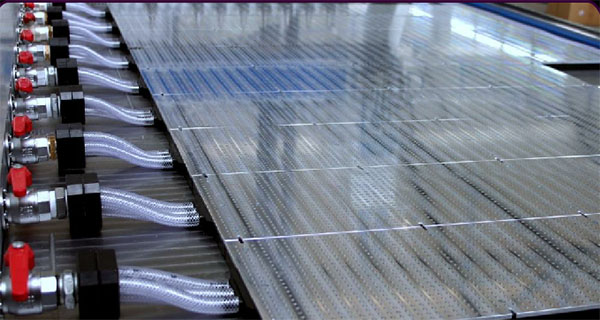
Clampusystems offers a variety of add-on vacuum tables, components, and accessories...
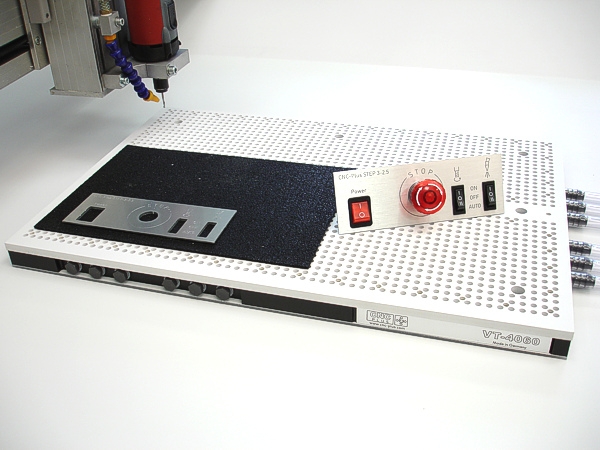
CNCStep vacuum table...
NEMI vacuum grid table...
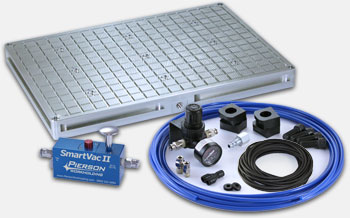
Pierson vacuum chuck system...
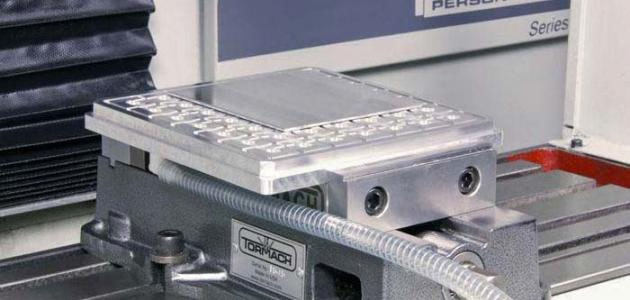
Tormach Vacuum Chuck. Tormach has a variety of vacuum workholding solutions...
DIY Vacuum Table Planning
First thing to consider is Z clearance if you're going to set a vacuum table atop your existing CNC Router table. You've only got so much travel in your Z axis and a vacuum table is going to take some of it away. Be sure to think about how to minimize that loss. This is where specifying a built-in vacuum table when you buy your CNC Router Table can have an advantage.
Another important consideration is whether you're going to create some sort of plenum design or whether you plan to actually machine your vacuum table. Machined tables can be more accurate--flatter and more square. They're certainly more durable too. But a plenum-style table may be cheaper to build and less restrictive on vacuum passages.
There is a key trade-off to consider and that is the ability of the table to support your part versus the surface area that's available for vacuum to do its job holding down parts. If the part is resting on a surface that is not permeable to air, then only the passages that pull vacuum are exerting force. On a machined aluminum vacuum table, you only get much vacuum from the surface area of the grid and not the whole surface area the part rests on. If you try to create a cavity under the part to spread more vacuum, you run the risk of stressing the part so it is bowed in the unsupported areas if you let them get too large.
The beauty of having your top surface be something like MDF is that it is permeable, and the vacuum can access the whole surface area of the bottom of the part. However, MDF is likely a less accurate support than aluminum and it will require a vacuum source that can pull more CFM of air out because there is a much larger area that leaks vacuum.
Assuming you don't have a giant vacuum pump with unlimited CFM capacity, one facility that really helps is the ability to zone the vacuum areas so that areas that leak (perhaps because the part doesn't sit on those areas) can be shut off from vacuum. Here is a vacuum table that has a zoning system that is very convenient to change just by opening or closing some valves:
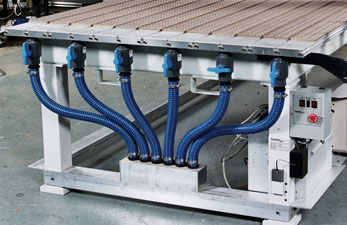
Vacuum Table with zoned sub-plenum plumbing. Image via Techno-CNC...
DIY Vacuum Pumps
Just building the vacuum table is not enough--you'll also have to come up with a vacuum pump. There are many sources, but one of the big things to keep in mind is to get more pump than you need. Vacuum Tables become marginal in a hurry if they can't pull enough vacuum because the pump is sized to small for the table. High horsepower pro-quality vacuum pumps can be pretty expensive, so here are some thoughts for the DIY'er trying to cut a few corners:
- Look into used pumps. A good quality commercial pump can be had used for thousands of dollars less than new. Keep an eye on eBay and Craigslist for deals.
- Use a ShopVac for smaller systems. Look, you're only going to create a 2 - 2.5 lb per square inch pressure differential with a shop vac, but you can still get a lot done there.
- Use multiple smaller capacity vacuum pumps possible in conjunction with a zoned plenum sysem. Referring to the zoned system above, imagine there being a separate pump on each zone.
- Look into vacuum motors. These devices are used to power dust extractors, central vacuum sysems, and similar applications. They can be ideal for DIY vacuum table projects. Like the ShopVac, they won't pull but a few lbs per square inch of vacuum, but with multiple motors you can cover a lot of plenum area.
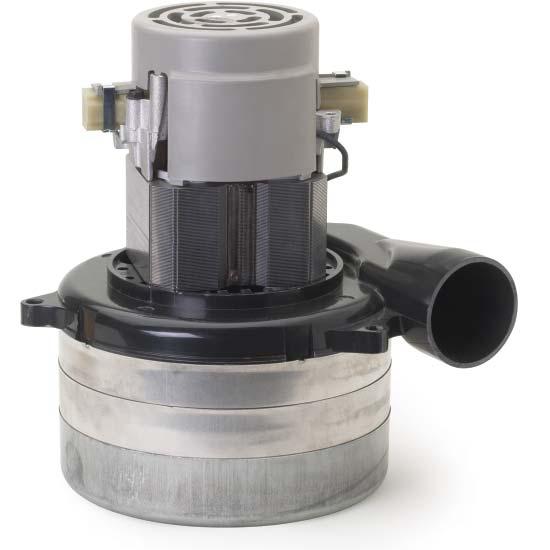
A vacuum motor...
- When all else fails, meaning you can't afford a powerful enough pump, zone your vacuum table to a size that works for your pump and get by with that. You may be able to afford a better pump sometime in the future, so why not build a table that can work with a bigger pump if one becomes available.
DIY Vacuum Table Ideas and Links
Here's a list of photos and links to various DIY vacuum table projects. It'll stimulate your ideas as you design your own vacuum table project.
Make Magazine's Shopbot Vacuum Table
There's a great vacuum table build over on Make.

A typical MDF vacuum table has a plenum board with grooved passages and a bleeder board that allows vacuum to seep through its porous structure...
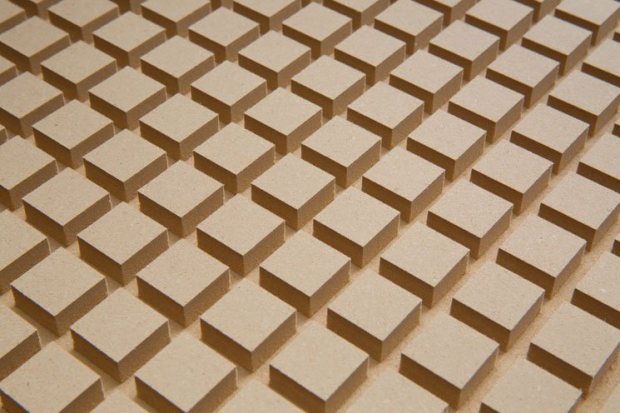
Closeup of the plenum board...
Although both the plenum board and the bleeder board are made of MDF, we don't want the plenum board to leak vacuum, so we apply wood sealer to close up the pores:
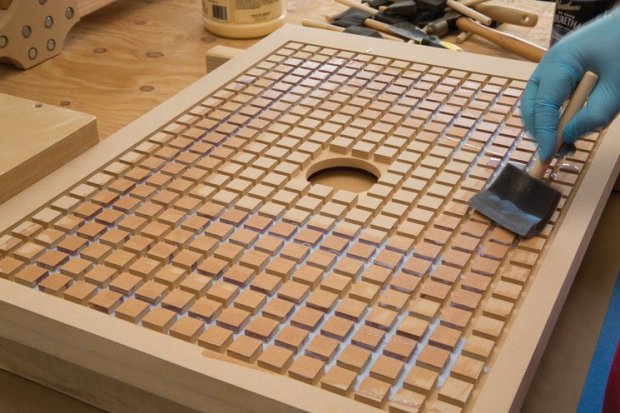
The plenum has to be sealed so it won't leak vacuum. Easy to do by applying sealer...
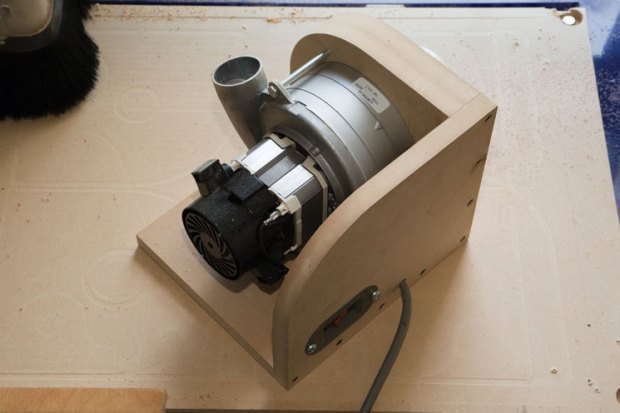
A vacuum motor is mounted to power the vacuum table...
RC Groups Vacuum Table
Here's a neat little vacuum table project from RCGroups.com:
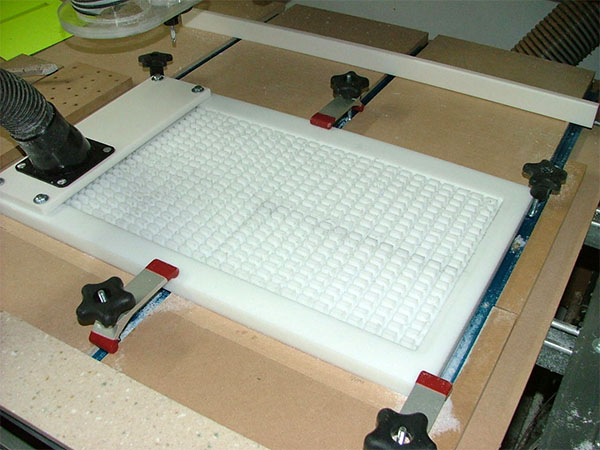
It's powered by a ShopVac and is designed to simply be clamped down to your CNC Router. The table was made from HDPE plastic. To stop leaks in areas not being used, just use a piece of posterboard cut to fit closely around your part or workpiece:
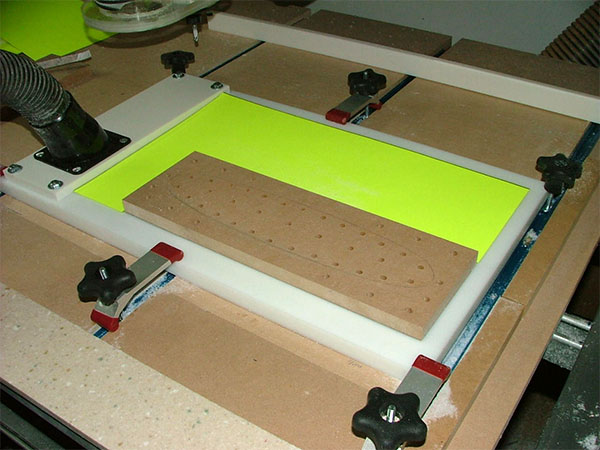
Romax CNC Build
Here's a little vacuum table intended to go into a milling chuck. There's a complete build up described over on the Romax CNC forums.
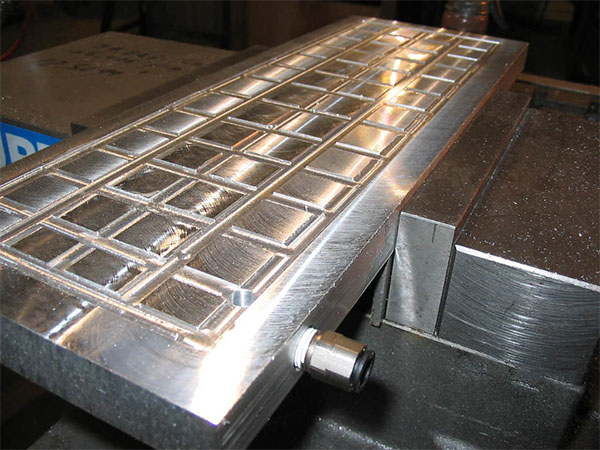
Neat little vacuum table fits in your milling vise...
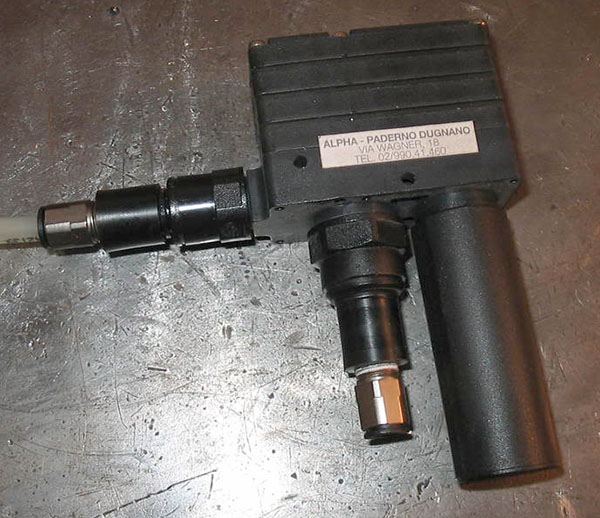
This builder likes these "PIAB" vacuum generators that are available on eBay cheaply used...
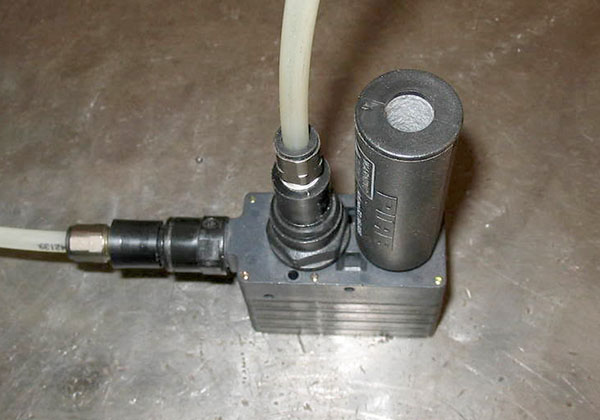
Another view of the PIAB. The long can is a silencer. These are basically just nice venturi vacuum pumps. Hard to beat the price of a used one from eBay.
Vacuum Table Tips and Techniques
|
Do you want to be a better CNC'er in 37 Seconds? Get Better Tool Life, Surface Finish, and Material Removal Rates Fast. It's that easy. You can install and get results now.
|
||||||||||||||||||
| ||||||||||||||||||